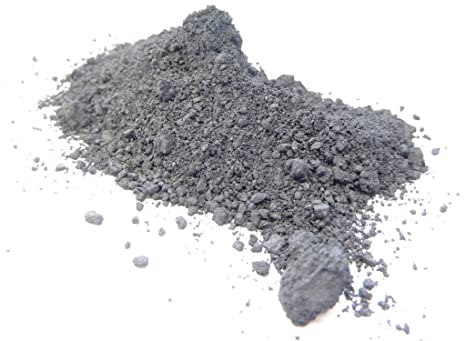Application technology of superfine fly ash in engineering

1. Four functions of fly ash
Fly ash is one of the commonly used material components in the production process of ready-mixed concrete. It has four functions in concrete:
(1) Volcanic ash effect: Potentially active substances in the admixture react with alkaline substances to form hydraulic substances.
(2) Morphological effects: effects caused by appearance, surface properties, particle gradation, etc.
(3) Micro-aggregate reaction: The fine particles in the fly ash are evenly distributed in the cement slurry, filling the pores and pores, improving the concrete pore structure and increasing the compactness.
(4) Interface effect: Fly ash reacts with Ca(OH)2 produced by cement hydration, which reduces the content of Ca(OH)2, improves the structure of the interface transition zone, and increases the cohesive force of the slurry interface. It plays an extremely important role in improving the workability, water retention, fluidity, strength and long-term durability of concrete.
2. Mix design of C30 and C50 concrete mixed with superfine fly ash
In this design, C30 and C50 high-performance and large-volume ultra-fine fly ash concrete were tested using local raw materials in Xi’an City; different amounts of ultra-fine fly ash were compared to analyze the impact of different amounts on the compressive strength of concrete influences. Find out the reasonable dosage configuration C30, C50 performance large dosage superfine fly ash concrete.
(1) When the amount of superfine powder is the same as that of fly ash, the concrete slump loss is improved, but the setting time is not affected, indicating that the “ball” effect of superfine powder has not changed.
(2) When the amount of ultrafine powder is the same as that of fly ash, the strength of concrete mixed with ultrafine powder is higher than that of fly ash, indicating that after grinding, ultrafine powder itself is more conducive to mixing with cement The hydrate product reacts.
(3) When the amount of superfine powder reaches 30%, the strength of concrete can meet the requirements of trial mixing at 28 days, and the strength of 60 days increases significantly, indicating that superfine powder can be well filled in the cement void, making the internal structure of concrete more Dense, the concrete strength development is obvious, and the durability is better.
(4) The amount of cement is different, and the maximum amount of superfine powder in each label is different. For example, in C30 concrete, the maximum content of superfine powder is 30%, and in C50 concrete, the maximum content of superfine powder is 33%. The optimal dosage can improve the “micro-bead” effect of ultra-fine powder.
4. Economic benefit analysis of ultrafine fly ash
(1) The use of ultra-fine powder can increase the amount of undisturbed Class III fly ash used in power plants. By grinding the original Class III fly ash and the original Class II fly ash according to a certain ratio, ultra-fine fly ash is obtained, thereby reducing the storage capacity of the original Class III fly ash in the power plant and reducing the dust pollution of the original ash to the atmosphere .
(2) The use of ultra-fine powder can increase the overall use of fly ash in the power plant. Based on the calculation of 30% dosage, the amount of concrete can be increased by 30-50kg per square meter.
(3) The use of ultra-fine powder can replace 30-50kg of cement for concrete companies, thereby directly reducing the unit cost of concrete by 5-12 yuan.
(4) The use of ultra-fine powder can reduce the amount of cement used by concrete companies by 30-50kg, thereby indirectly reducing the carbon dioxide emissions of cement plants.
(5) The use of ultra-fine powder can improve the overall quality and quality of fly ash in power plants, and reduce the dust pollution caused by the secondary capping of fly ash transported by concrete companies.
5 Conclusion
Generally speaking, reasonable and scientific use of fly ash will have a positive impact on the quality of concrete production and economic benefits, while ultra-fine fly ash generally performs well, both in terms of strength and workability. Quality is improved. Therefore, the application of ultra-fine fly ash in concrete has greatly improved the quality control of ready-mixed concrete.
